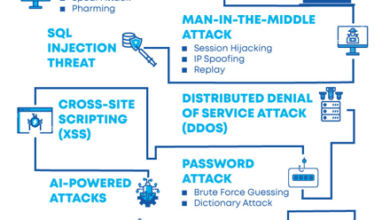Structure of an Academic Paper in Three Parts

The Initial Segment
An introduction is a common feature in academic papers. If you’re writing a long piece, your reader may need more than one paragraph. Two things are accomplished by a good introduction:
It grabs the reader’s attention.
Using anecdotes, statistics, odd or fascinating facts, intriguing quotations, and so on may all help you catch the reader’s attention and keep it there. Be fascinating and find a unique approach to pique the attention of your audience. If you want to get same day essay, please visit our website.
Defines a debatable claim that may be contested.
Even if your essay is just a few hundred words, you should limit the length of your thesis statement to a single phrase. To have a strong thesis statement, you must have an argument that can be challenged. In addition, it serves as a roadmap for the primary topics of your paper.
Those sections of content in the middle of the text.
Throughout your essay, the body paragraphs are there to support your thesis and take readers from the introduction to the conclusion in an orderly and compelling way. Less body paragraphs may be necessary to support a simple argument. If the subject is more intricate, additional body paragraphs are needed. This is a quick and easy way to remember what goes into the body paragraphs of your essay:
The underlying principle.
What is the main point of this paragraph? (also known as the thesis statement of a subject sentence) This paragraph’s theme runs across the whole text. You can read samedayessay reviews here.
Evidence.
In a paragraph, the sentences that help to highlight the thesis statement’s importance. In a single statement, a variety of evidence may be employed. Always bear in mind that the definitions of “evidence” and the citation styles utilised vary greatly among academic subjects.
Analysis.
Providing a brief summary of the evidence. If you don’t link your proof to the paragraph’s main point, you won’t go far. In other words, discuss the facts.
Transition.
This is the part of a paragraph that makes it easy to go on to the next one. Transitions help you connect your ideas for your reader by looking back and forward in topic phrases. Instead of transitions at the conclusion of paragraphs, use them at the beginning of each paragraph.
It’s important to remember that MEAT doesn’t happen in that order. A “Transition” or “Main Idea” is frequently the starting point of a paragraph’s numerous lines of evidence and analysis.
That’s All There Is to It
The last paragraph of a lengthier essay may need the writing of two or three paragraphs in order to adequately summarise your arguments. One or both of the following is typical of a concluding statement:
As you can see, the argument is summarised in one paragraph.
There are some teachers that want you to end your essay with nothing fresh to offer. Basically, they want you to reiterate your main points. Your reader will like it if you rehash your main points in the end, so do it at this point. It’s important to keep in mind that the vocabulary you use in this section should be unique from the terminology you use elsewhere in the essay. The tone and structure of the introduction and conclusion should be different.
A thorough explanation of the argument is provided.
Some lecturers encourage you to concentrate on the relevance of your argument rather than rehashing your key reasons. The “so what?” issue can only be answered if you demonstrate why your argument matters to your audience.


